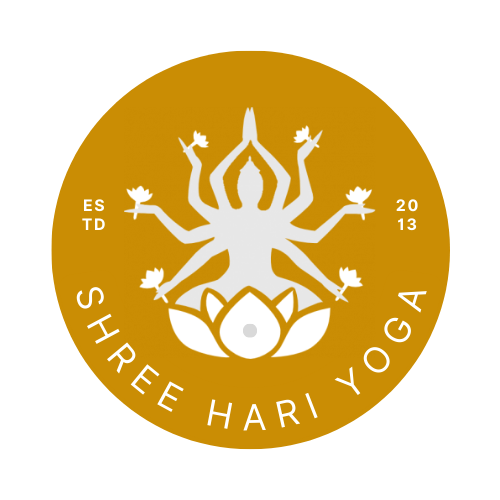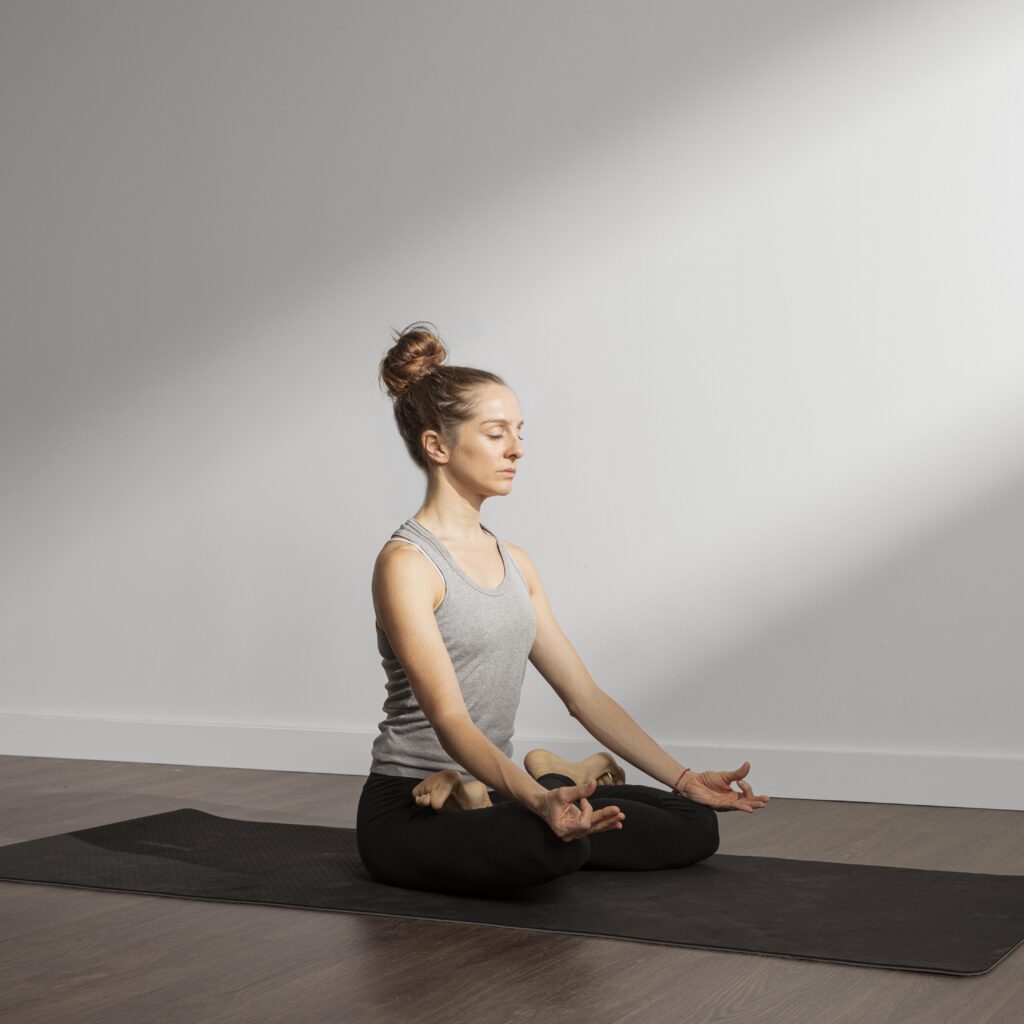Table of Contents
ToggleSamadhipada: Limbs of Yoga Defined
Samadhipada is the first chapter of the Yoga Sutras of Patanjali, one of the foundational texts of yoga philosophy. The term Samadhi refers to the ultimate state of meditative absorption—a deep stillness where the mind becomes completely quiet and focused on a single point, leading to supreme awareness and liberation.
The chapter opens with the iconic definition of yoga:
“Yogas chitta vritti nirodhah” — Yoga is the stilling of the fluctuations of the mind.
The Eight Limbs of Yoga (Ashtanga Yoga)
Patanjali outlines Ashtanga Yoga, or the Eight Limbs of Yoga, as a progressive path to spiritual realization:
- Yama – Ethical restraints
- Niyama – Personal observances
- Asana – Physical postures
- Pranayama – Breath control
- Pratyahara – Withdrawal of the senses
- Dharana – Concentration
- Dhyana – Meditation
- Samadhi – Enlightenment
1. Yama – The Five Ethical Guidelines
Yama represents ethical restraints—universal moral principles for living in harmony with others:
- Ahimsa (Non-Violence): Avoid harming others in thought, word, or deed.
- Satya (Truthfulness): Speak and live with honesty and integrity.
- Asteya (Non-Stealing): Do not take what is not freely given.
- Brahmacharya (Self-Control): Practice moderation in all things, especially in sensual pleasures.
- Aparigraha (Non-Attachment): Let go of materialism and possessiveness.
2. Niyama – The Five Personal Disciplines
Niyamas are inner practices that purify the body, mind, and spirit:
- Saucha (Cleanliness): Purity in body, mind, and surroundings.
- Santosha (Contentment): Acceptance and gratitude for what is.
- Tapas (Discipline): Effort and commitment toward spiritual goals.
- Svadhyaya (Self-Study): Study of scriptures and self-reflection.
- Ishvara Pranidhana (Surrender): Devotion to and surrender to a higher power.
3. Asana – Physical Postures
Asana refers to the physical practice of yoga postures. Though often associated with flexibility and fitness, the deeper goal is preparing the body for meditation.
- Mind-Body Awareness: Cultivates attention to bodily sensations.
- Breath Coordination: Movements are synchronized with the breath.
- Alignment & Stability: Emphasizes proper form and grounding.
- Progression & Variation: Practices evolve based on capacity.
4. Pranayama – Breath Control
Pranayama means the control or extension of the life force (prana) through breathing techniques.
- Conscious Breathing: Deliberate regulation of breath patterns.
- Energy Flow: Balances the body’s subtle energy systems.
- Health Benefits: Boosts lung function, calms the mind, reduces stress.
- Common Techniques: Ujjayi, Kapalabhati, Nadi Shodhana.
5. Pratyahara – Withdrawal of the Senses
Pratyahara is the practice of withdrawing attention from the senses and turning it inward.
- Inner Focus: Detachment from external stimuli.
- Control Over the Senses: Prevents distractions during spiritual practice.
- Mental Stillness: Supports deeper meditation.
- Gateway to Dharana: A transitional state from outer to inner focus.
6. Dharana – Concentration
Dharana is the art of concentration—training the mind to focus on a single object or idea.
- One-Pointed Attention: Focus on breath, mantra, or visualization.
- Mental Discipline: Reduces mental chatter.
- Techniques: Mantra repetition, candle gazing, visualization.
- Foundation for Meditation: A stepping stone to Dhyana.
7. Dhyana – Meditation
Dhyana is sustained meditation—a continuous flow of awareness on a chosen object without distraction.
- Stillness & Calm: Deep internal peace and stillness.
- Presence: Non-judgmental observation of thoughts and sensations.
- Transcendence: Experience of connection beyond the ego.
- Self-Realization: Greater awareness of one’s true nature.
8. Samadhi – Enlightenment or Absorption
Samadhi is the culmination of yoga—a state of union with the object of meditation and the universal consciousness.
- Oneness: Dissolution of ego, total merging with pure awareness.
- Transcendence: Beyond mind and body, into infinite stillness.
- Bliss & Freedom: A state of profound joy, freedom, and liberation.
- Non-Duality: Realization that self and universe are one.
Conclusion: Living Yoga Through Samadhipada
The path of Samadhipada is not merely a sequence of practices—it is a journey inward, from ethical living to the deepest realms of meditation and self-discovery. Through the Eight Limbs of Yoga, Patanjali offers a time-tested roadmap for anyone seeking inner peace, balance, and enlightenment.





